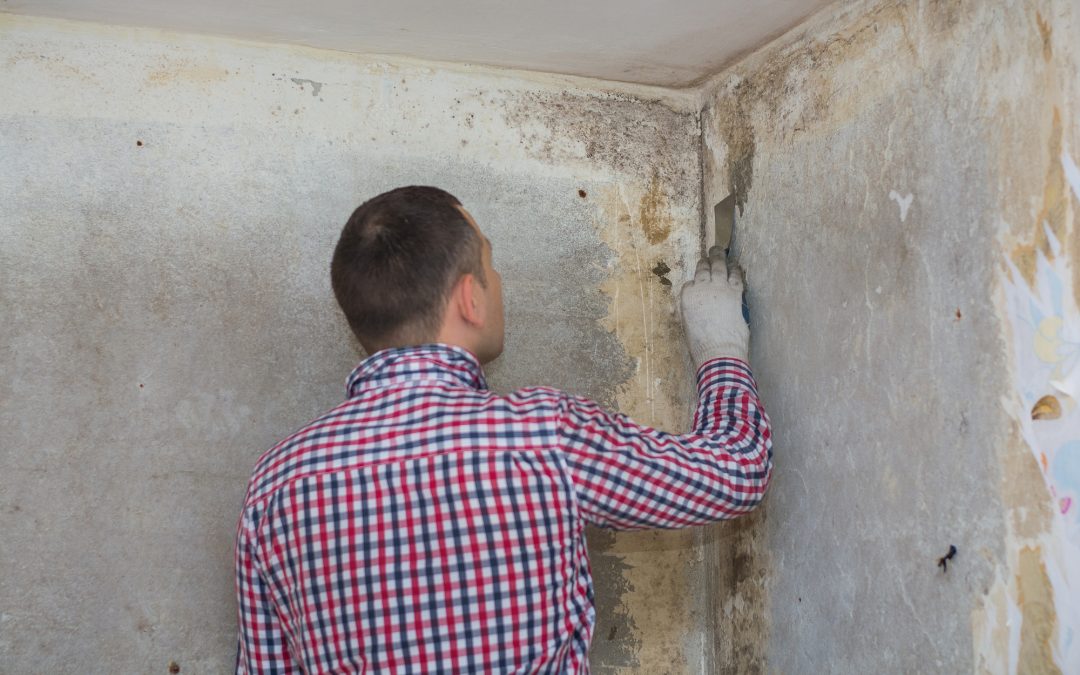Efficient Post Mold Remediation Cleaning Protocols
Efficient Post Mold Remediation Cleaning Protocols
Blog Article
Effective Post Mold And Mildew Removal Solutions for Your Home
Mold development in homes can be a persistent concern, frequently needing a systematic strategy for efficient post-remediation solutions. From comprehending the elements that add to mold and mildew growth to implementing appropriate cleansing techniques and wetness control steps, the procedure can be elaborate yet vital for preserving a healthy living environment. Additionally, checking out all-natural removal services and developing a routine for ongoing upkeep are important components of a comprehensive mold and mildew removal method. As home owners aim to address mold problems, finding one of the most effective remedies ends up being extremely important for the well-being of their households.
Recognizing Mold And Mildew Growth Variables
The key factor contributing to mold and mildew growth is moisture. Mold spores need dampness to grow and sprout, making humid or damp settings extremely prone to mold and mildew invasions.

In addition, airflow and light exposure can impact mold growth. Areas that lack appropriate air flow and natural light are more vulnerable to mold development. By resolving these variables thoroughly, people can effectively minimize mold development and protect their living environments.
Proper Mold Cleaning Strategies
Utilizing effective cleaning techniques is essential in stopping the recurrence and dealing with of mold contamination in interior settings. When managing mold and mildew, it is crucial to prioritize safety by using safety equipment such as gloves, goggles, and masks. The first step in correct mold and mildew cleansing is to consist of the damaged area to stop the spread of spores to unpolluted locations. This can be accomplished by securing off the space and utilizing air scrubbers or unfavorable air devices to preserve air quality.

Executing Moisture Control Actions
To successfully protect against mold growth and contamination in indoor settings, implementing wetness control measures is vital. Wetness is the primary variable that fuels mold development, making it crucial to handle humidity degrees within the home. One reliable action is to make use of dehumidifiers to keep indoor humidity degrees below 60%. In addition, making sure appropriate air flow in areas prone to moisture buildup, such as restrooms and cooking areas, can help in reducing the danger of mold and mildew development. Routinely evaluating and fixing any leaks in pipes, roof coverings, or windows is additionally important in preventing excess wetness accumulation. Utilizing exhaust fans while food preparation or showering, and enabling air blood circulation by maintaining furnishings somewhat away from wall surfaces can assist in dampness control. Utilizing moisture-resistant products in high-humidity locations, such as mold-resistant drywall and paints, can be beneficial. By faithfully executing these dampness control measures, house owners can effectively decrease the probability of mold recontamination and keep a healthy and balanced indoor environment.
Utilizing All-natural Remediation Solutions
After effectively implementing wetness control steps to avoid mold and mildew growth in interior settings, home owners can currently explore the efficiency of natural removal solutions in maintaining a healthy home. Natural removal services utilize eco-friendly approaches to combat mold and mold, making them a popular selection for those seeking non-toxic alternatives. One such remedy is using vinegar, a natural antimicrobial representative, to tidy and disinfect surfaces polluted by mold. Merely water down vinegar with water and spray it onto the affected areas, permitting it to sit for a few hours prior to wiping tidy. Furthermore, tea tree oil, check my source known for its antifungal properties, can be combined with water and sprayed onto mold-infested surfaces to inhibit additional development. An additional all-natural choice is hydrogen peroxide, which can successfully kill mold on numerous surface areas without leaving unsafe residues behind. By incorporating these all-natural removal solutions into their cleansing regimens, house owners can successfully deal with mold and mildew growth while advertising a much healthier interior environment on their own and their households.

Keeping a Mold-Free Setting
On a regular basis checking areas prone to mold growth, such as washrooms, kitchens, basements, and attics, is crucial. Proper air flow in locations with high moisture levels is also essential to protecting against mold and mildew development.
Additionally, keeping cleanliness in the home is important for mold avoidance. Maintaining interior plants in check and ensuring proper drain in outside landscaping can reduce wetness build-up, decreasing the probability of mold invasions.
Final Thought
To conclude, it is important to deal with mold and mildew growth variables, utilize correct cleaning methods, implement wetness control procedures, utilize all-natural remediation solutions, and preserve a mold-free setting in order to effectively take care of blog post mold and mildew remediation in your house - Post Mold Remediation. By complying with these approaches, you can avoid mold and mildew from reoccuring and ensure a healthy living atmosphere for you and your family
The main variable adding to mold growth is wetness. Mold and mildew spores call for dampness to germinate and flourish, making wet or humid atmospheres extremely prone to mold and mildew infestations.To efficiently stop mold and mildew development and contamination in interior settings, applying dampness control measures is critical. Furthermore, making certain correct air flow in mold removal chemical locations susceptible to moisture build-up, such as washrooms and kitchens, can help reduce the risk of mold and mildew development.After efficiently applying wetness control actions to protect against mold and mildew development in indoor environments, property owners can now explore the effectiveness of all-natural removal options in preserving a healthy living space.
Report this page